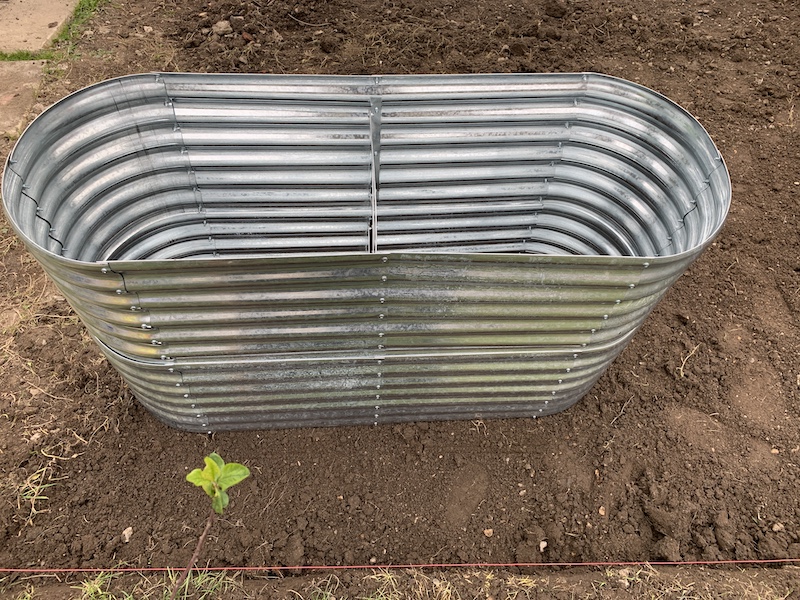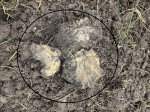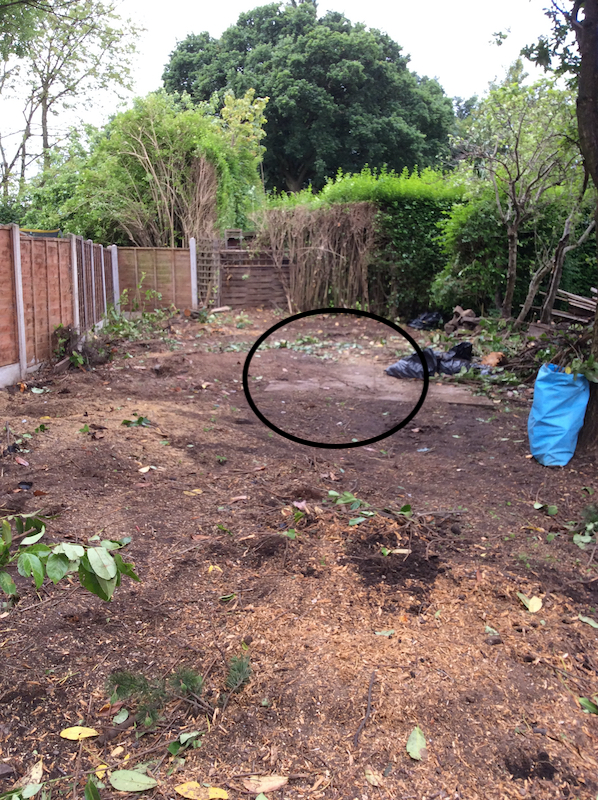Ever changing Deciduous Trees
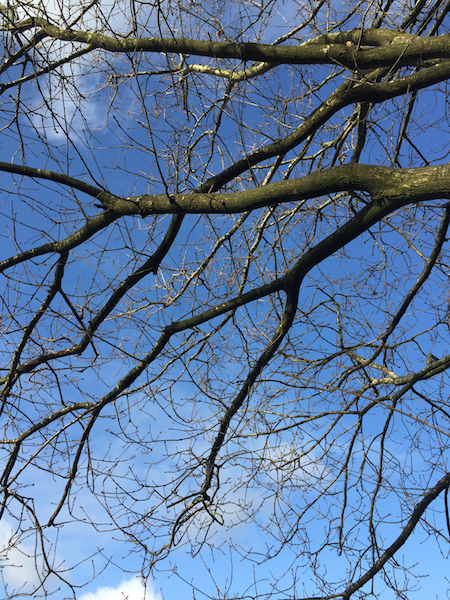
Deciduous trees are those that shed or drop their leaves. This happens around the autumn or fall as it is known in North America. These trees can also shed leaves earlier in the year as a means to conserve water in very dry conditions to those that they are used to, such as very hot summers with little rain.
In the dictionary the term "deciduous" means shedding leaves annually, or periodically or normal shed.
These trees no longer need to keep the leaves so in autumn they begin to get ready to fall. When they get ready the leaves turn the most beautiful red, yellow, orange or golden colours. This makes the countryside look lovely and when viewed from a height the land can look like a patchwork quilts with the patches of colour.
How do deciduous trees shed their leaves?
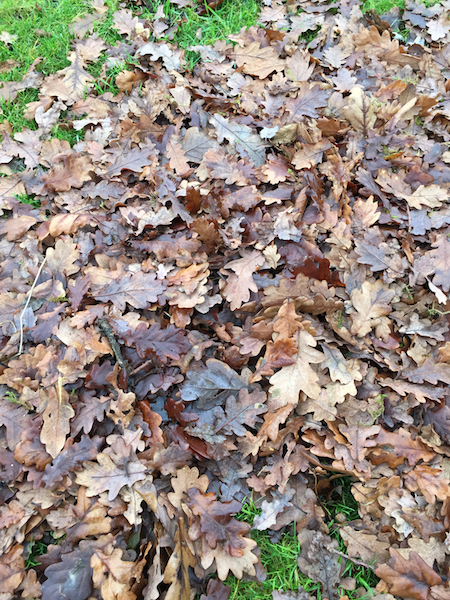
The process of starting to shed leaves is called "abscission" which means "to cut".
This shedding is intentional, that is it is supposed to happen, and is part of the natural life process of the tree.
Trees and plants drop their leaves and maybe their flowers after fertilisation has take place to allow the fruit to grow like on an apple tree.
The leaf is joined onto the stem or branch by a little stalk called a petiole. This is a part in deciduous trees that is called a separation or abscission area.
The upper cells in this area are weaker than the lower cells. In autumn the lower cells expand or get bigger which breaks the cell walls in the upper cells causing the leaf to fall.
The dropping of the leaves and subsequently leaves appearing in spring starts when the daylight and temperature are at the right conditions.
The exact time will depend on each particular species of plant or tree.
There are three stages to shedding leaves
Resorption
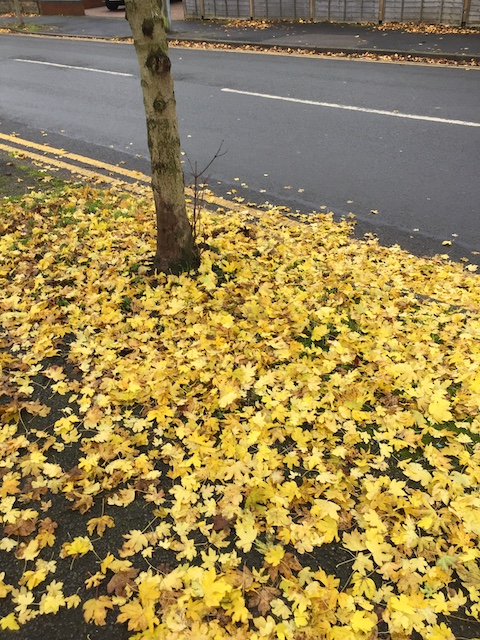
This is where the nutrients usually nitrogen and carbon, which are found in chlorophyll are returned back to the main plant and distributed to other parts such as the roots and the inner bark.
This process gives the change in colour as the yellow, brown and orange pigments called Carotenoids are slower to break down than the chlorophyll so these are the colours that are seen.
The red and purple colour may not be in the leaf but if they are it is the Anthocyanin pigment that produce these.
So instead of the leaf looking green they will look either yellow, red, orange, brown or purple .
When the days are shorter and the nights are cooler but still above the freezing temperatures the colours produced will be brighter.
The best autumn colour display are in the southeastern regions of Canada and the New England area of the USA. These have the cool temperature but also strong sunlight.
Forming a protective layer
Cells near to the separation area divide and form new cells that both protect and waterproof the area that will be left open to the elements.
This then reduces the risk of disease and infection.
Detachment
The cells near the separation area produce enzymes that will digest the bit of leaf that is still joined. This causes the separation area to break down and the leaf to fall.
Another way that detachment can happen is by cells near the separation are swelling with water and then bursting so the leaf falls off.
Sometimes the plant not having enough chlorophyll can be a starting point for this process. The sunlight decreases giving less chlorophyll production.
Deciduous or Evergreen
Deciduous plants also lose their leaves to conserve water and this can be seen in a very hot summer. Transpiration (exchange of gases) happens in the leaves that results in loss of water.
Each year these plants have to grow new leaves. Evergreen trees do not have to go through these processes.
There can be more damage to branches and trunks for evergreen trees in the winter storm but they also provide shelter for animals and birds and add a bit of colour to the winter landscape.
Some trees that are deciduous are Maple, Oak, Elm, Beech and Birch. Shrubs include Buddleia, Hydrangea, Magnolia and Acer.
Forests
Forests that have mostly deciduous trees and called "deciduous forests". There are two types of deciduous forests.
Temperate deciduous forests are found in North America, South America, Europe and Asia.These areas have seasonal differences that affect the lifecycle of the tree, usually concerning the temperature and amount of rainfall.
Tropical and sub tropical deciduous forests are another type but these are not affected by seasons but by the amount of rainfall. These trees tend to drop leaves when there has been no rain and is a way of the tree surviving droughts as water vapour is transpired through the leaves.
- Home
- About Trees
- Deciduous Trees
